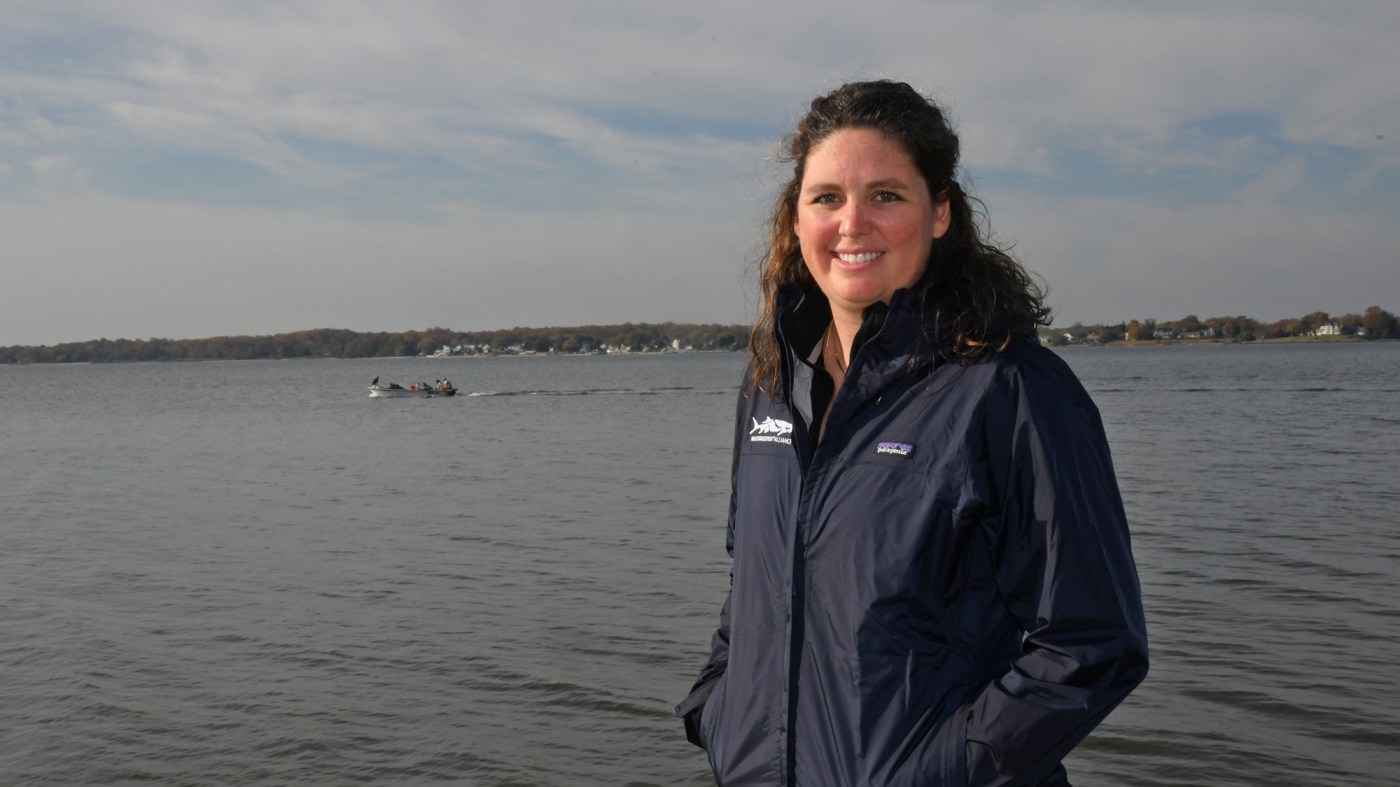
[Baltimore Sun] Water quality improving in West River as South and Rhodes rivers show less progress, per Arundel Rivers report
While water quality in the West River has improved in the last year, the South and Rhode rivers showed less progress, according toa river report card published last week.
The report, released Thursday, shares both good news and a “humbling call to action,” according to Matt Johnston, executive director of Arundel Rivers Federation. The organization focuses on protecting and promoting healthy water on the South, Rhode, and West rivers in Anne Arundel County.
“The good news is that water quality hasn’t fallen off a cliff even as our watersheds have lost trees and gained septic systems, lawns, impervious surfaces, and the like, so we still have an opportunity to restore our rivers,” Johnston said. “Some of these grades are also very humbling and suggest that each of us must improve what we do on our own lands to ensure our kids can swim in these rivers now and in the future.”
To determine each river’s 2023 health grade, Arundel Rivers collected and scored data from nearly three dozen monitoring stations across three Anne Arundel County rivers, testing parameters twice a month between April and October.
The grades are based on water clarity and dissolved oxygen readings, though the organization also monitors pH levels, temperature and salinity in each river. A high level of water clarity, a measure of how deep light can travel in the water, is needed to sustain oyster reefs and underwater grasses, or submerged aquatic vegetation. A high level of dissolved oxygen is needed to sustain marine life, according to the news release.
The West River, which flows between Galesville and Shady Side in southern Anne Arundel County, earned a B-, or 62% — the highest score of the three rivers named in the report. The grade, an improvement from last year’s C grade, , is largely due to the river’s high dissolved oxygen scores.
The higher dissolved oxygen scores may reflect monitoring site locations closer to the mainstem of the West River, the report said, as opposed to its shallow tributaries. However, the data collected from tributary sites showed improvements in oxygen compared to 2022.
Increasing development in the West River watershed could impact its future scores, too, as the river receives more stormwater runoff, the report said.
A northern tributary of the West River, the Rhode River earned a C+, or 59%, a rating that did not improve from last year. . Though Arundel Rivers saw a slight improvement in its dissolved oxygen readings, the river’s poor water clarity had an impact on this year’s score.
Flowing from headwaters near Crofton to its mouth south of Annapolis, the South River, the largest river in the report, earned a C+ rating, or 56% — the lowest score of all three rivers in 2023. The river’s score did not improve from its 2022 grade.
That low rating, according to the report card, can be attributed to poor dissolved oxygen scores. During the summer, four stations in the South River — Crab Creek, Glebe Creek, the Riva Bridge and the Upper River station near the U.S. Route 50 bridge — recorded dead zones , or no oxygen events, which occur when too many nutrients enter the waterway. Multiple algal blooms were also observed in the river last year, the report states.
Most of the South River’s monitoring stations also measured bottom dissolved oxygen readings below the acceptable threshold, with only Duvall Creek, Pocahontas Creek and the mouth of the river recording averages above the passing threshold. Neither the West or the Rhode rivers, however, recorded averages below the threshold.
At the same time, the South River also received the best clarity score of the three rivers.
Reductions in stormwater runoff and nutrient pollution from lawn fertilizers and septics are needed to improve water quality in the South River, the report states, especially in the upper portions of the river and its larger tributaries.
In all three rivers, individual monitoring station grades decreased further up each river and their tributaries in comparison to their mouths at the Chesapeake Bay. The tributaries are often shallower than the mouths of the rivers, making them more susceptible to pollution from surrounding lands.
The data collected wasn’t a surprise, Johnston said, but a confirmation of what Arundel Rivers and other organizations around the Chesapeake Bay have known for a while.
“The things we do to our land, we do to our rivers,” he said. “That’s a huge opportunity — if we change a few things on our land and we do them in a big way across a lot of area, then we’re going to see changes in those tributaries.”
These grades are just the beginning of Arundel Rivers’ efforts to improve water quality in all three rivers, said Elle Bassett, the South, West, and Rhode Riverkeeper. Over the next three years, the organization will monitor nitrogen and phosphorus, as well as chlorophyll levels to track algal blooms. Monitoring these parameters will give experts a better picture of what causes poor water clarity and low dissolved oxygen, allowing Arundel Rivers to target restoration efforts.
The river grades also indicate that there are many spots ready for targeted restoration of underwater grasses — an effort launched by Arundel Rivers in February.
Though no spots have been selected yet, Johnston said, Arundel Rivers is looking for areas with good water clarity without suspended sediment, as well as good river bottom that can handle underwater grasses.
The organization has received funding from the National Fish and Wildlife Foundation and the Chesapeake Bay Trust to build a submerged aquatic vegetation turbulator, a machine that separates seeds from underwater grass stems to spread them across shallow areas in the rivers, Bassett said in the news release.
“We cannot restore our rivers without restoring the underwater habitat that once flourished,” she said.
